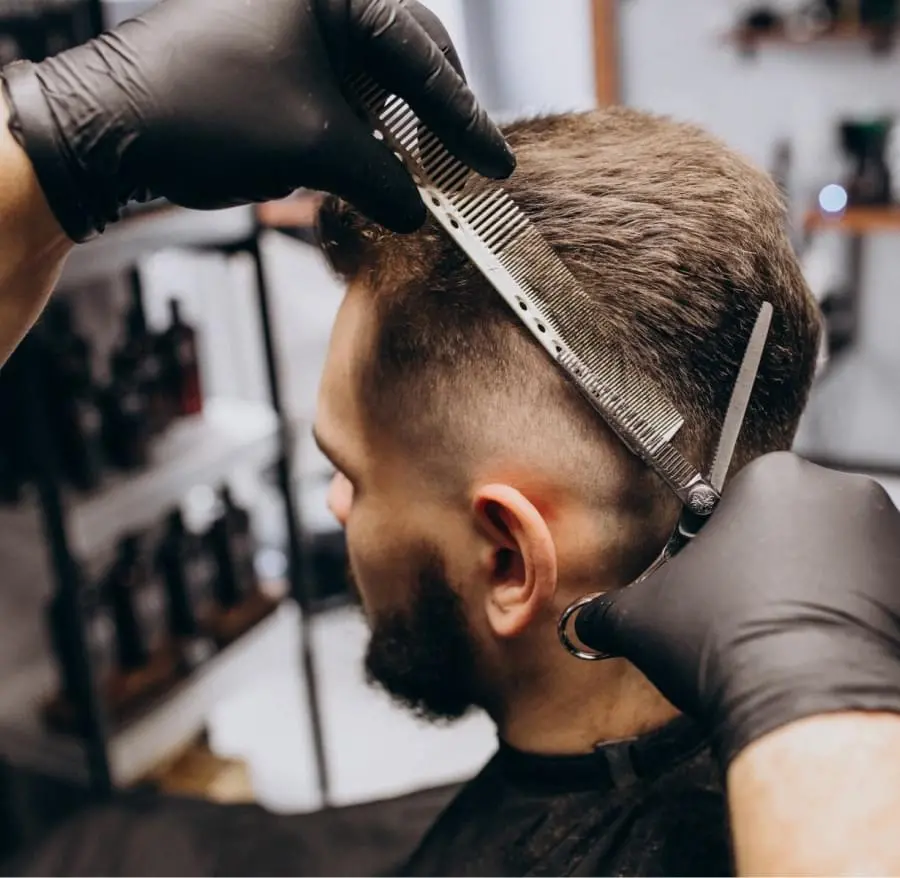




Quick Links:

The main risks found in hairdressing, barbershops & salons include chemicals causing allergic or contact dermatitis, infectious diseases such as Hepatitis B & C, skin infections like ringworm or impetigo, and the use of electrical equipment, including ultraviolet lamps. For example, if a contaminated instrument accidentally or deliberately penetrates the skin or contacts the mucous membranes of a susceptible individual, a blood-borne infection (BBI) (e.g., Hepatitis B, Hepatitis C) may be transmitted.
Customer care operators may also be exposed to a wide range of products containing unapproved hazardous substances, including hair dyes, body art chemicals, bleaches, permanent wave solutions, shampoos, hair styling agents, peroxides, and/or disinfectants. Infection prevention and control IPAC practices are fundamental practices to follow in addition to disinfection, good personal hygiene, the documentation of safe practices, and an inventory of approved products within these establishments.
Infection prevention and control (IPAC) is a key responsibility for the customer care operators of these establishments within the KAUST community.
Following international guidelines and industry best practices for the operation of these establishments at KAUST is achieved through a collaborative approach with the customer care operators and the oversight and guidance provided by the Health & Safety team, who conduct bi-annual inspections of all hairdressing, barbershops & salons at KAUST.
Customer care operators must complete an online course entitled “Hairdressers, Barbershops and Salons,” which contains a series of training modules. Each operator is required to complete each module(s) specific to their role and responsibility.
